It is exciting when you actually find something while treasure hunting. The use of a metal detector makes it easy to find objects hidden underneath the ground but not all of them are worth something. How do you know which ones you could potentially use and which ones are actually worth nothing? This guide is created to help you identify metal detecting finds so you know when you actually stumbled into an actual treasure.
How to Identify Metal Detecting Finds
When you come back from a day (or afternoon) of treasure hunting, you probably have a bag full of stuff to dig into. It’s exciting when you find something but how much of these can you actually make money from or use?
To the uninitiated, all metal objects and antique items may look the same. But to the trained eye, the difference can be significant and it could spell the difference between you making money or just gathering more junk.
The ability to identify metal detecting finds is one of the struggles that beginners contend with while starting out with this hobby. You cannot get excited with just finding something; these items must be of actual value.
The good news for beginners is that many of the modern metal detecting equipment are able to identify the objects you find. The tool displays the details about the object that it detects through the LCD display. Some can identify what type of metal it is through the target identification system. It will vary depending on how advanced your metal detector is but some have accurate target identification capabilities to do this. An advanced discrimination mode can even provide varying sounds or signals according to the type of metal detected.
If you are new to this hobby and you want to make it easy to identify metal detecting finds, you need to look into these features. This will make it easier for you to know what items you have found and if they are actually worth something.
There is an endless array of objects that you could potentially find during your treasure hunting. This is a growing hobby with more and more people buying metal detectors to potentially find buried treasures. To help you identify metal detecting finds, it is important to break down some of the common items you will find during the hunt.

Identify Metal Detecting Finds: Type of Metal
Metal objects are the most common category of items that you will find during your treasure hunt. Unfortunately, metal objects corrode quite easily. You can, however, look into the type of corrosion to be able to identify what metal the object is made of.
There are a few simple characteristics that you need to look for to identify the type of metal. Here is a guide you can refer to:
- Gold – This is one of the most coveted items by avid metal detecting hobbyists. Unlike other types of metal, gold does not corrode. It has the ability to retain its shine and this is the exact same reason why it is highly prized. Gold is shiny and yellowish in appearance but there are many other metal objects with this same characteristic. It is important to not assume right away that what you find is gold. Copper, for example, is made of an alloy that is designed to look like gold.
- Silver – Silver will be covered with black patina once it is corroded. It can be difficult to identify silver objects.
- Iron – Iron can develop rust over time and this will make it easier to identify during your treasure hunt. The problem is that there are many objects that are coated with iron oxide. This can make it difficult to identify if the item is actually made of iron or just coated with iron. Only an X-ray will tell what the object is actually made of.
- Lead – A lot of treasure hunters stumble into lead objects during their treasure hunt. The corrosion on lead looks like white crust. Another way you can identify lead is if the object would be a lot heavier than it actually is. Lead is a poisonous substance and should be handled with care.
Identifying Coins
Coins are another popular item that is commonly found while metal detecting. You can identify them using a few basic characteristics.
First off, look for signs of its denomination. If you cannot find the value on the coin’s face, this could not be a coin but rather a medallion. You should also inspect the coin for a date. The earliest coins to carry a date on their face go back to the 17th century.
The coin shape is also another characteristic you must look into. Most of the old coins are round in shape, but there are some rare types of coins that are shaped as polygons. Any coin with an irregular shape was manufactured before the 18th century.
In addition to the ones mentioned above, you can identify coins based on the following characteristics: the image on the coin, the color of the coin, and the size of the coin.
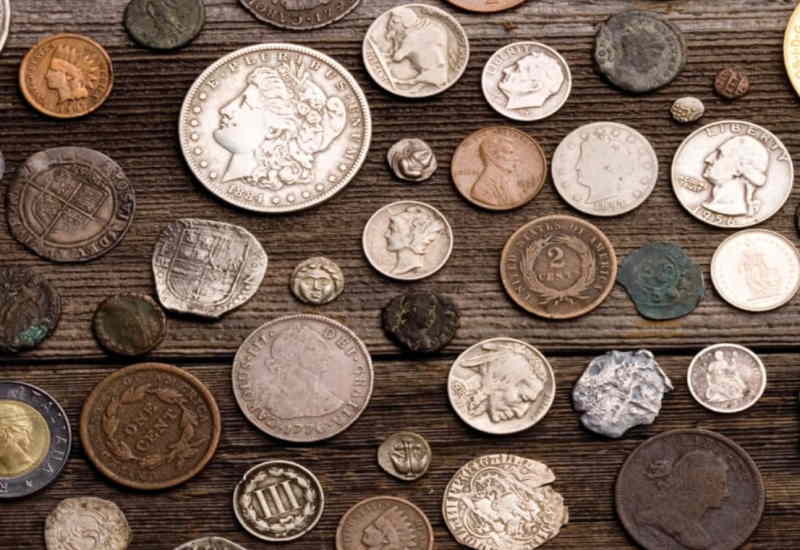
Identifying Relics
Relics are defined as any item of ancient origin. It is not only an interesting find but can actually hold value depending on its importance in the culture that it originated from. If you uncover a relic during your metal detecting, you could potentially run into something extremely valuable.
When identifying a relic, you have a few things that you need to identify right off the bat. First off, you must identify if it is fake or authentic. You should also check how old the relic is. If you can identify the age, you must validate what type of relic it is and if it’s archaeological or not.
Identifying the age and origin of ancient relics you find while metal detecting is difficult. If you are not sure, you can take it to an expert so they can date and identify your find.
Identifying Jewelry
Aside from coins and relics, jewelry objects are a very common find for metal detecting hobbyists. They are not too difficult to identify since the jewelry item is pretty obvious. The real challenge here is to identify its value and what the jewelry is made of.
The first step is to identify the type of jewelry. The next step is to look for any signs of a hallmark. If you can find one, this will make it easier to date the jewelry and determine its manufacturer. This piece of information can also help you get an idea of its market value.

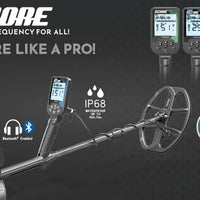


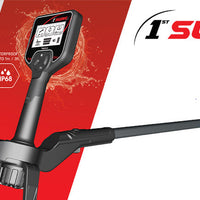
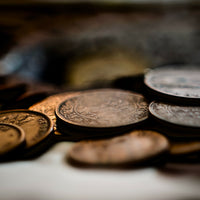
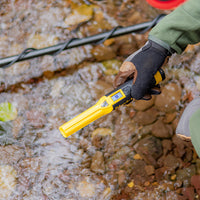
0 comments